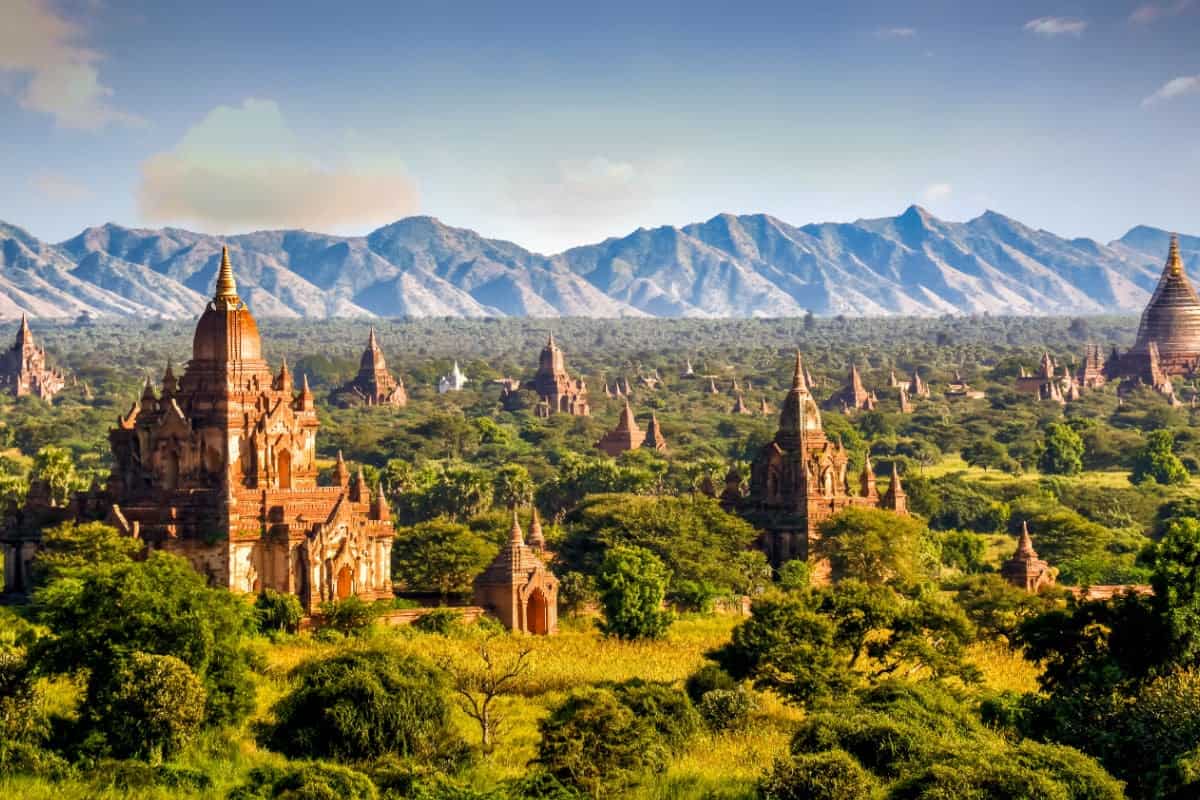Touching base on the global exploration realm, the U.S. State Department has unveiled ‘Do Not Travel’ cautions to keep American international travelers safe from facing challenges and risks that may be inescapable.
Nineteen countries, in particular, are advised against traveling to. From armed conflicts and civil unrest to mass kidnappings and murders, each country is unsafe for travel according to the U.S. State Department.
So, when checking out these troubled territories that the State Department warns adventurers to avoid while on their journeys for discovery and exploration – what draws travelers to these countries in the first place, anyway?
Belarus
To get started, the State Department warns travelers not to touch Belarusian soil following protests and military actions linked to the war involving neighboring Ukraine.
Further providing great urgency to keep off its grounds, there’s a potential for armed conflict and civil unrest, alongside cases of unlawful imprisonment for U.S. citizens by the Burmese military – a dreaded situation that no one in their right minds would want to be involved in.
Belarus is known for having a relatively unexplored corner of Eastern Europe, appealing to those wanting to venture through the unknown. An impressive 40% of the country is covered by forest, housing around 600 Bison.
Travelers can check out colorful murals and three hundred types of delicious potato dishes at attractive restaurants when delving into civilization. Still, these perks aren’t worth the risk where safety is concerned.

Venezuela
Venezuela is another country also posing significant dangers, now being home to civil unrest, crime, kidnapping, and arbitrary enforcement of local laws. Unjustified terrorism, detentions, and inadequate health structures further concrete the nation’s troubles.
As a consequence, the South American country has experienced a tremendous exodus of its citizens seeking asylum in other countries, escaping threats against humanity in their home country.
Although it’s wise not to travel here, it’s worth noting that Venezuela was previously a hot spot for tourists.
The country boasts a stunning landscape of tropical jungles, lofty mountain ranges, and broad river plains, bringing in a diverse range of natural habitats, thus, appealing to nature lovers.

Haiti
Next up is Haiti. Although it may seem unfair for the U.S. Department to warn U.S. citizens not to travel to this gorgeous Caribbean island, the federal government has its reasons.
Haiti is a poverty-stricken country that shares the island of Hispaniola with the Dominican Republic, and it is facing challenges that involve crime and social turbulence.
Despite already sounding bad, the most troublesome issues in the country include mass kidnapping, commonly involving physical harm to victims, ransom negotiations, and convoy attacks.
Further impacting risks is a recent cholera outbreak, propelled by forcing people to survive in crowded conditions without sanitation.
Despite such dreadful circumstances, Haiti does have a notable history of being an enticing tourist destination. The island has a favorable climate all year around, the second largest coastline of beaches, and the highest mountain ranges in the Caribbean. It also has enchanting caves, waterfalls, and an intriguing cultural history.

Burma
Yet another country on the State Department’s ‘Do Not Travel’ list is Burma. Since the Burmese military deposed and detained government officials in 2021, life-threatening riots have occurred. The army responds to these protests by arresting individuals, with some unfortunate protesters and bystanders facing death.
In the states of Rakhine, Kachin, Chin, and Northern Shan, there are land mines and unexploded mines in locations not marked identifiable, injuring both natives and foreign travelers in the past.
The country also has limited healthcare resources, following many workers quitting their jobs. Medical supplies are also hard to come by, even over-the-counter prescriptions.
Travelers used to flock to Burma to engross in the country’s Buddhist beliefs and architecture and explore one of South East Asia’s most unique travel destinations. Not now.

Iraq
Iraq remains a volatile region following the 9/11 aftermath, with ongoing armed conflict, political upheaval, terrorism, and a lack of support for U.S. citizens from NATO Mission Iraq.
Additionally, the country has witnessed terrorist attacks and rebel factions against civilians and security forces, making the destination unpleasant, albeit boldly.
While it’s 100% worth steering clear of, the country undeniably has a wealth of archaeological gems. The historic cities of Nineveh, Babylon, and the U.R. have captivating grandeur, which past beckons would explore to uncover the mysteries of the country’s history, unaware of the significant troubles ahead.

A Wider Spectrum of Risks
Although the above five nations present key areas of concern, it’s essential to consider all travel warnings from the U.S. State Department for personal well-being.
The fourteen other countries in jeopardy — some perhaps more obvious than others — include Ukraine, Russia, North Korea, Syria, Afghanistan, Sudan, South Sudan, Yemen, Mali, the Central African Republic, Burkina Daso, Somalia, and Libya.

Each nation grapples with its own distinctive set of challenges. Warfare, terrorism, and political volatility drive turmoil, uniquely carving the political and societal landscapes and underscoring the tangled web of global affairs.
Considering these countries’ ubiquitous challenges and risks, U.S. citizens should consider the State Department’s travel advisories. Exercising caution and staying well-versed about these topics, thus, prioritizing personal safety, is vital for all — regardless of how adventurous and invincible you may think you are!

